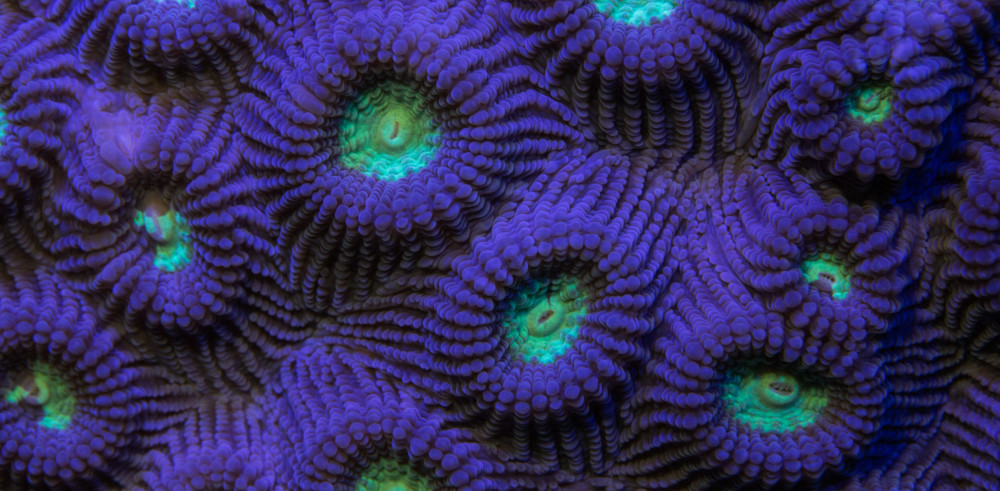The bottle cap challenge is a viral trend started by martial artist Farabi Davletchin. He was the first person to perform a precision spin kick and twist off the cap of the bottle using his foot. In 2017, I started a my own bottle cap challenge. The goal was to see how many twist top caps I could collect in fifteen minutes. Its an exciting challenge and I recommend getting others involved. Make it a friendly competition and document your beach trash finds using the Clean Swell app by Ocean Conservancy.
Over the years, I have seen a significant increase in the amount of marine debris washed ashore. The trash is from all over the world, but majority of it washes up from Korea, China and Japan
Next time your at the beach, take a minute and look around at the amout of single use waste on the beach. How do you feel when you see this waste?
Majority of the plastic bottles/caps that wash ashore become brittle and break down into smaller pieces. The smaller pieces (micro plastics) are harder to find and clean up.
Eventually these smaller pieces make it back into the ocean affecting the wildlife. Marine birds often mistaken and eat this plastic because it looks and smells like their natural diet (ex: fish eggs, crabs and small fish).
 Even the marine fish will sometimes eat the plastic, they are attracted by the smell as well.
Even the marine fish will sometimes eat the plastic, they are attracted by the smell as well.

Hermit crabs are one of the few animals that can successfully adapt with our waste. They eventually move into this valuable real estate (plastic caps) and use it as a protective mobile home until they find a better option. Below are photographs of hermit crabs found naturally adapting with plastic twist caps.
This popular hermit crab was featured in honor of World Oceans Day 2019 on Stella McCartney’s website. Thank you all for bringing awareness to the plastic pollution problem.
If you would like to learn more about hermit crabs adapting with our waste please check out my post on “Crabs With Beach Trash Homes” by Shawn M Miller.
My Mission: To Protect and Preserve the Wildlife of the Ryukyu Islands for Future Generations. – If you would like to join my journey, check out my Patreon https://www.patreon.com/MakeTheSwitch4Nature
Your donations will help worldwide conservation initiatives as well as bring solutions to the worldwide pollution issues on our beautiful shorelines. Thank you for your support. Shawn M Miller.
#MakeTheSwitch4Nature








































































